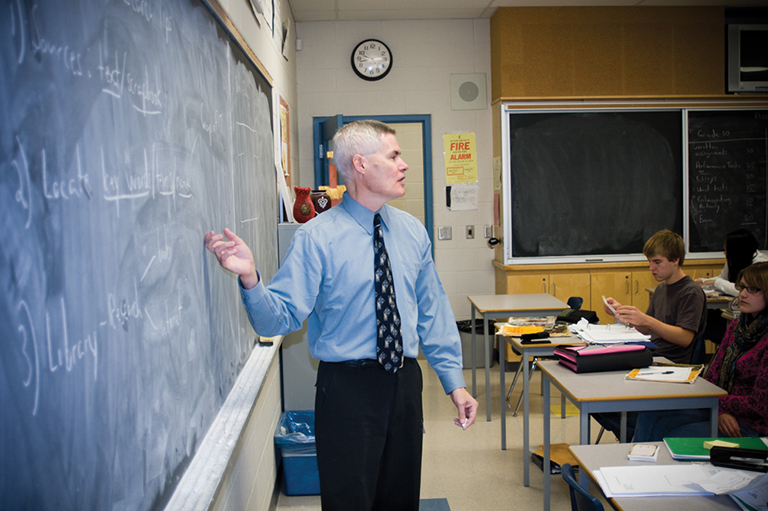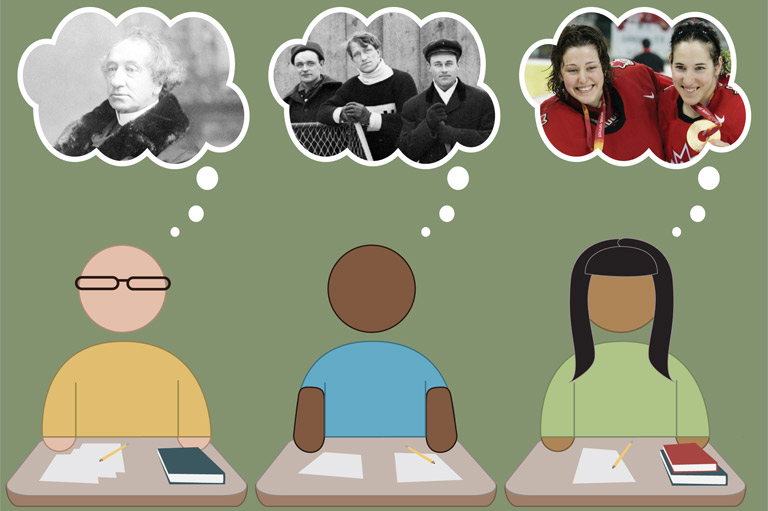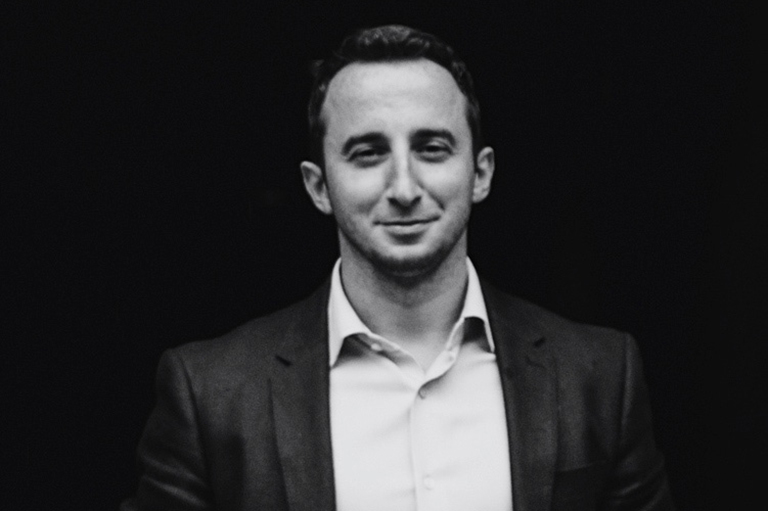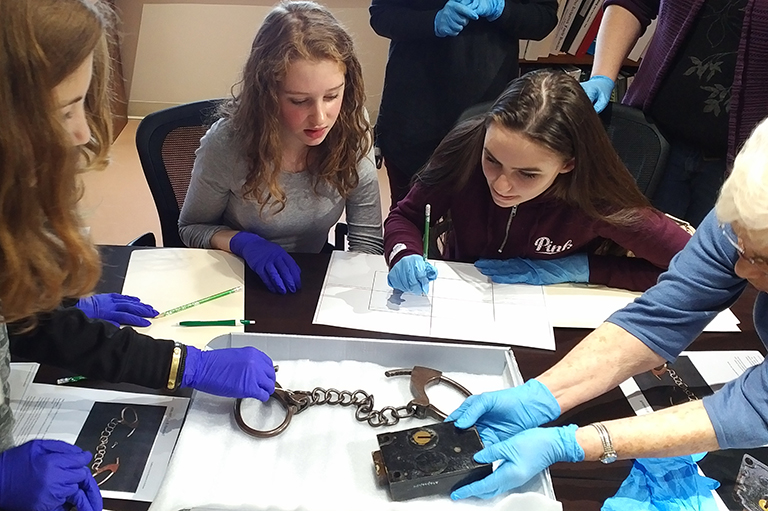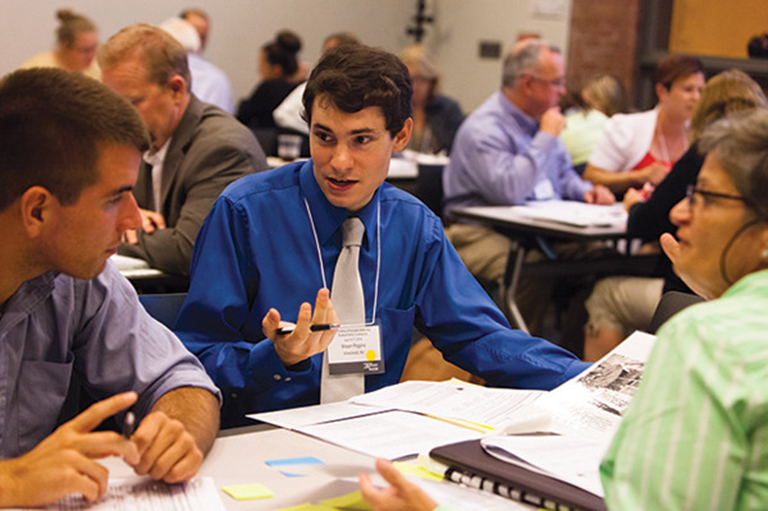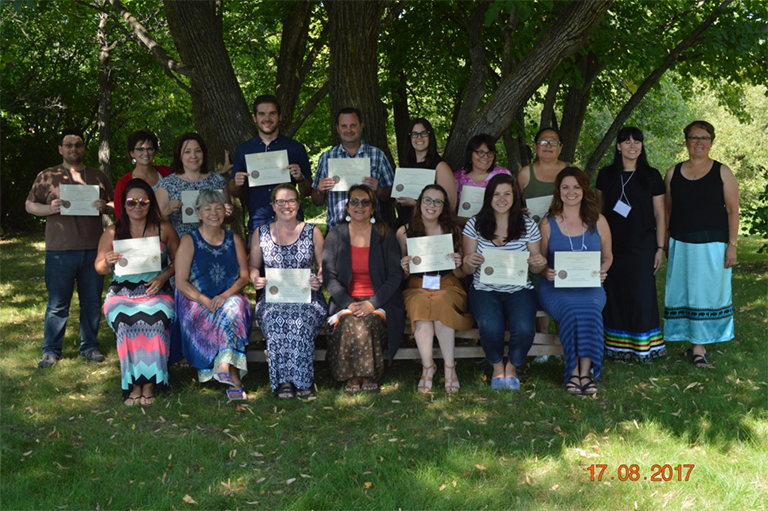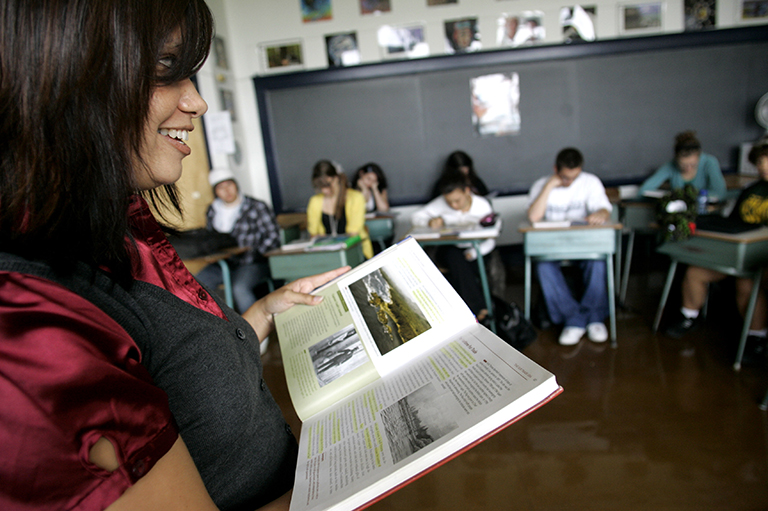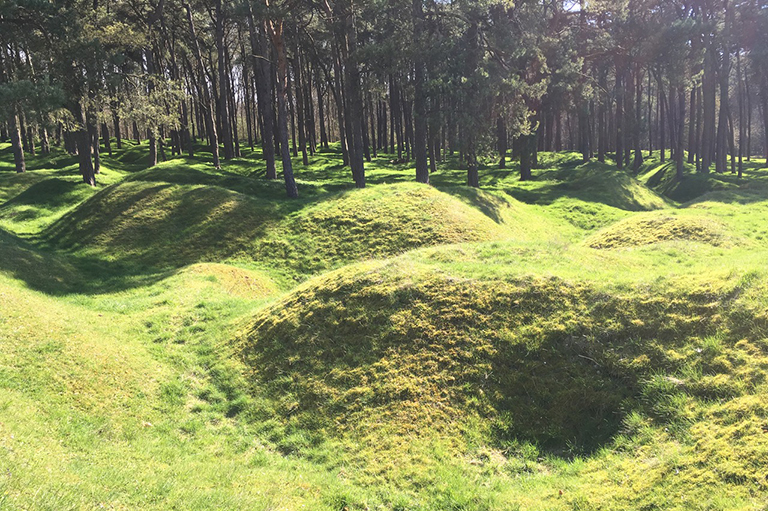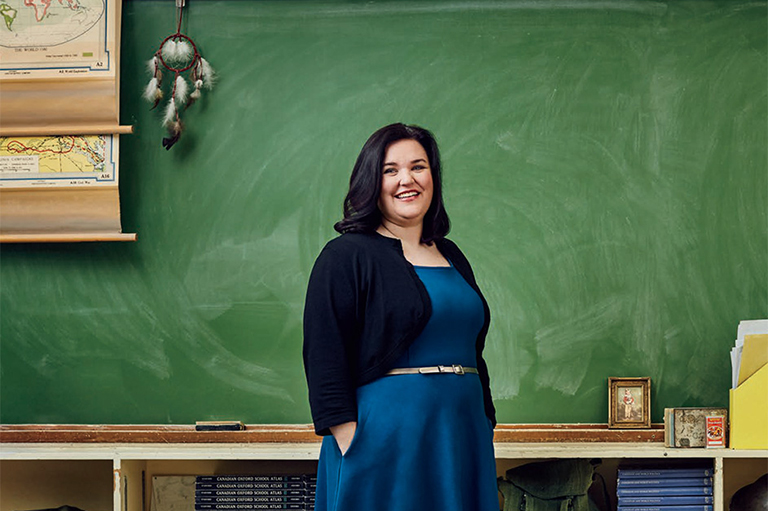Discover a wealth of interesting, entertaining and informative stories in each issue, delivered to you six times per year.
Great Debates
Our story takes place in Quebec in a high-school history class. The teacher’s goal is to develop his students’ debating skills on current issues by recreating a session of the General Assembly of the United Nations. The students are enthusiastic and each selects a country to represent during the activity.
So far, so good.
Article continues below
-
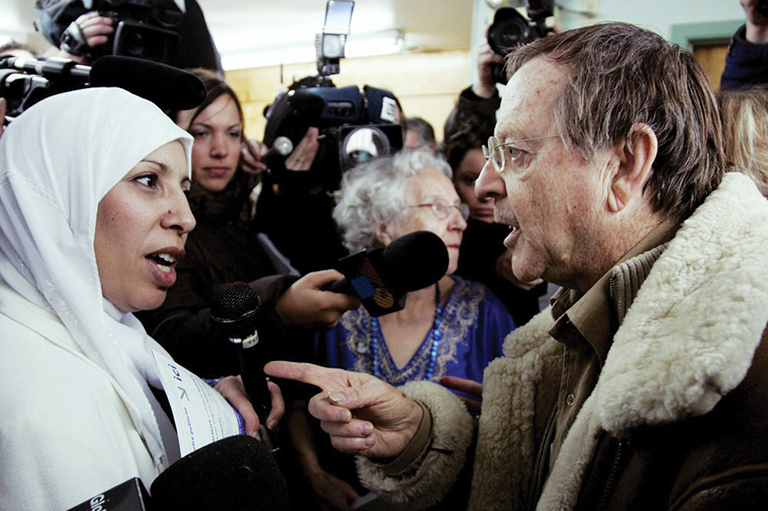 Historical thinking can help students understand contemporary issues, such as the heated debates that erupted in Herouxville, Quebec, when its town council developed a controversial code of behaviour for immigrants.CP Photo/Ian Barrett
Historical thinking can help students understand contemporary issues, such as the heated debates that erupted in Herouxville, Quebec, when its town council developed a controversial code of behaviour for immigrants.CP Photo/Ian Barrett -
 Quebec society was polarized by the "reasonable accommodation” debate.
Quebec society was polarized by the "reasonable accommodation” debate. -
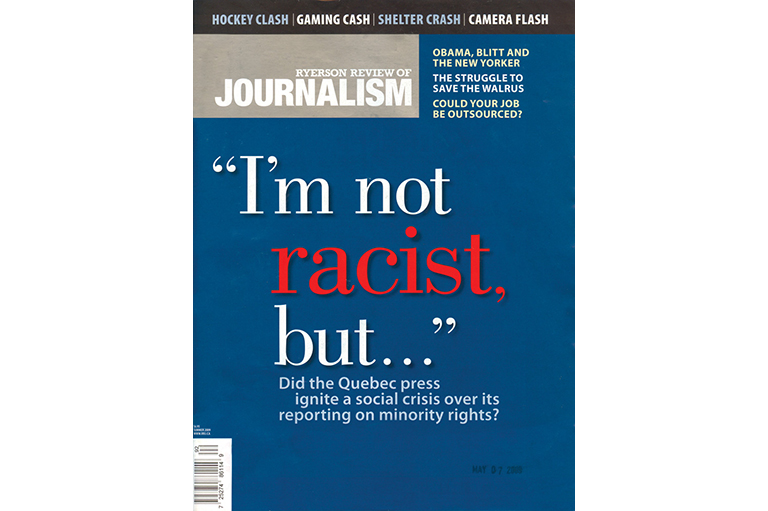 Quebec society was polarized by the "reasonable accommodation” debate.
Quebec society was polarized by the "reasonable accommodation” debate. -
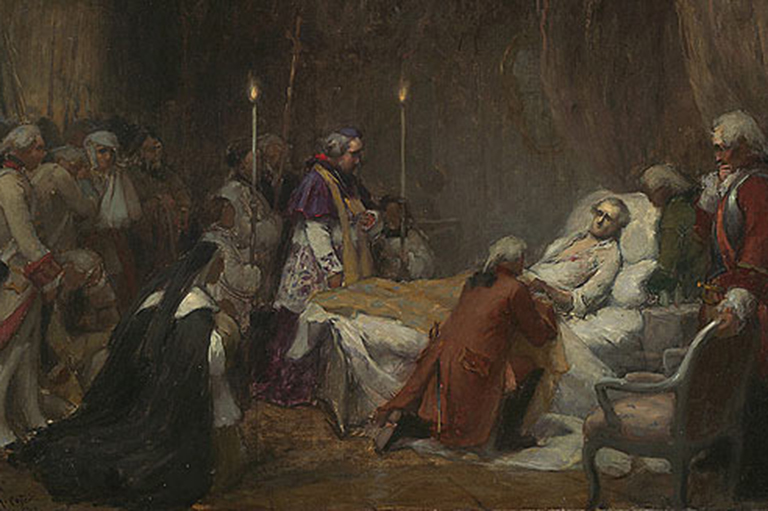 La Mort du Montcalm, 1902 by Marc-Aurele de Foy Suzor-Cote.Musée national des beaux-arts du Québec
La Mort du Montcalm, 1902 by Marc-Aurele de Foy Suzor-Cote.Musée national des beaux-arts du Québec -
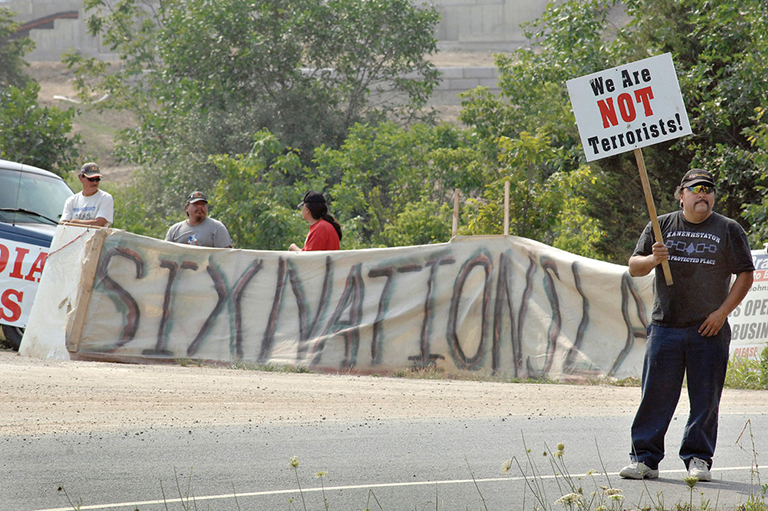 Standard controversies, such as aboriginal land claims, often spark passionate debates in classrooms.CP Photo/ Brantford Expositor-Brian Thompson
Standard controversies, such as aboriginal land claims, often spark passionate debates in classrooms.CP Photo/ Brantford Expositor-Brian Thompson -
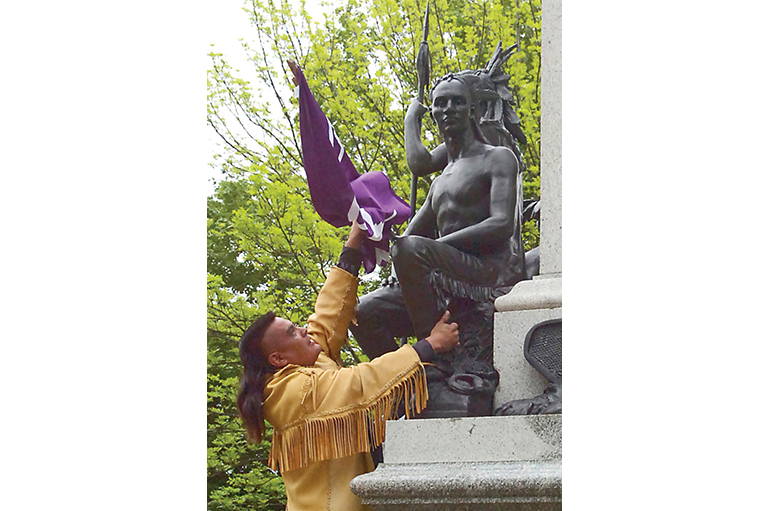 The Canadian Press/The Brantford Expositor-Christopher Smith
The Canadian Press/The Brantford Expositor-Christopher Smith
But things begin to go awry when the debate topic is revealed — the Israeli/Palestinian conflict. Two students of Palestinian origin realize that France — the country they chose to represent — typically supports Israel over Palestine. They are outraged and openly refuse to participate, saying they cannot morally associate with the positions held by France. The teacher sympathizes and suggests they choose another country — one with policies that favour Palestine.
The problem is resolved and the activity continues. However, the teacher is left with an uneasy feeling — did he make the right decision?
This example from an actual classroom demonstrates the complexity of teaching contemporary history, particularly when the teacher wishes to address controversial issues.
What should be done in these instances? Can controversy be used to produce a favourable outcome? If so, how?
These questions are increasingly relevant in Quebec, given that during the 2009 school year students in Secondary V (Grade 11) are for the first time taking a new course based on the issues affecting the contemporary world. Since some of these issues are intensely controversial, it’s hoped that viewing them through a historical lens may help students understand their evolution and complexity. The course replaces the former economics, history, and geography courses and is intended help students understand the complexity of today’s world while remaining open to its diverse societies.
Yet, fostering this understanding is a big challenge. Several studies have shown that many students have trouble with historical thinking — they have difficulty connecting past events with modern-day issues. How can teachers help them make that connection?
Controversy itself may be a key.
In fact, research shows that at least three types of controversy can make powerful teaching tools in the classroom.
The Conquest: a historical controversy
A historical controversy is one that surrounds the interpretation of certain past events by historians. The consequence of the British Conquest for the society of New France is a good example.
There are several schools of thought on this topic. For instance, the Montreal and Quebec City historical schools propose different interpretations of the results of the same event. In general, the Montreal school, which includes historians such as Michel Brunet, Maurice Seguin, and Guy Fregault, proposes a more traditional vision of the effects of the Conquest on the Quebec society — namely, that Quebec must fight to conserve its francophone origins. The Quebec City school includes historians such as Fernand Ouellet and Jean Hamelin, who interpret the Conquest less as the beginning of a struggle between two peoples and more as one of many events that have contributed to creating modern Quebec.
There are two objectives to teaching the Conquest based on the controversies surrounding it. For one, studying the different schools of thought helps students understand that history is not a unique and true description of the past, but instead involves the interpretation of past events and their consequences for the present. This gives meaning to historical thinking; students learn to question the various interpretations while developing their own personal comprehension of the event.
The other objective is to help students understand the influence history has on their everyday lives. The historical interpretation of the Conquest continues to have a significant impact on Quebec society today, particularly in the political debates surrounding independence.
First Nations land claims: a standard controversy
The controversy surrounding First Nations land claims is an example of a standard controversy. Standard controversies originated in the past, but their effects are still felt in the present. For instance, claims regarding ancestral hunting, fishing, and gathering rights cannot be explained in detail without first looking to the past. In addition, the positions I adopted on these issues depend in large part on the importance given to past events.
Standard controversies therefore consist of a double controversy — a historical controversy and a future controversy. In this example, the historical controversy revolves around how to interpret past relations between Europeans and aboriginal peoples. The future controversy regards actions to be carried out in the future.
Because standard controversies can have a great impact on people’s values and emotions, they can be difficult to introduce into a classroom. A historical controversy such as the location of the Viking site of Vinland is unlikely to lead to a heated argument among secondary school students. But First Nations land claims may spark passionate debates, particularly if a student’s community is directly affected.
Standard controversies are rewarding because they can sharpen students’ awareness. They start thinking about the way a situation was interpreted in the past and how that influences a position held in the present.
Canadian immigration: a potential controversy
Potential controversies are present-day situations that will have an impact on the future. Immigration is one example. It’s controversial because decisions made today affect the kind of society we will have in the future. When looking at this from a historical perspective, students see the consequences of past decisions made about immigration — and they can see how those compare with the situation today. They can consider the similarities and differences over time and in changing societies.
Teaching history therefore promotes student involvement — students understand not only that the past can be interpreted in many ways; they also learn that the past has an impact on both the present and the future.
Controversial method
The three types of controversies found in history classes each present unique ways of helping students understand that the past is not just a series of facts, but a combination of many factors. Standard or potential controversies demonstrate, through concrete situations, the connections between current issues and past events. Controversy-based history teaching is an interesting method for helping students gain some distance from thinking that is anchored in the present and become aware of the influence of the past on their daily lives.
Unfortunately, it is not always easy to integrate controversial issues in the classroom. An experienced teacher may be wary of the reactions of students, parents, or even school administrators. What’s more, the sensitive nature of controversial issues requires a unique teaching approach.
How can this type of issue be integrated into the classroom in such a way that students learn the historical discipline? How can students be encouraged to consider these issues in such a way that they develop opinions that are based on critical thinking, rather than on unfounded information or the common interpretations presented by news media?
Extensive research is still necessary before these questions can be answered. Given the many advantages of controversy-based history teaching, such research seems crucial — there is so much to be gained.
Catherine Duquette is a doctoral candidate in the field of history education at Laval University in Quebec City. Her research interests include historical thinking, historical consciousness, and controversy-based historical teaching.


